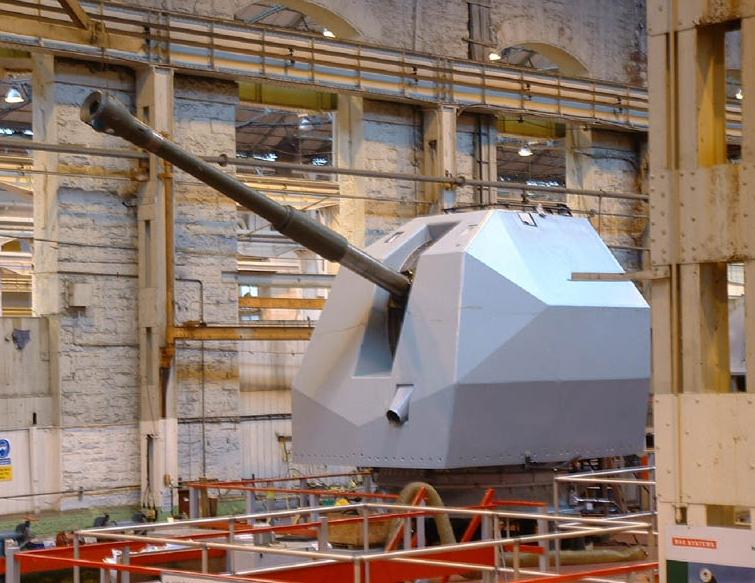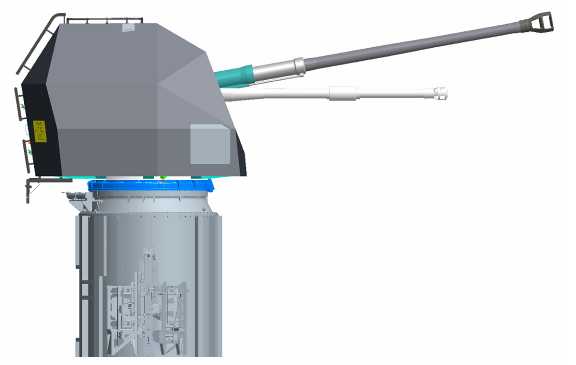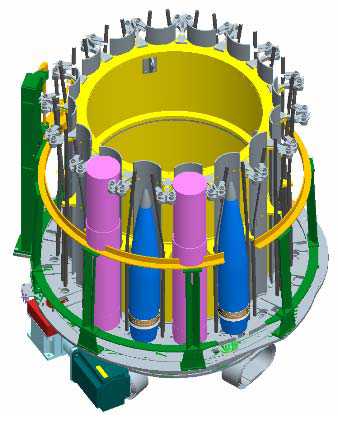|
In mid-2004, competition for arming the Type 45 came from United Defense, who proposed their 5"/62 (127 mm) Mark 45 Mod 4 for these ships. As part of this proposal, United Defense would sub-contract much of the assembly work to British firms, similar to what they have done for other nations. This United Defense proposal was rejected by the Royal Navy in early 2005 as being too expensive. The acquistion of United Defense by BAE Systems in June 2005 has made any competition between BAE and United Defense moot. In response to the United Defense proposal, in December 2004 BAE Systems made a proposal to use the existing gun house for the 4.5" (114 mm) Mark 8 Mod 1, but use the same 155 mm/39 gun barrel being used on the Army's AS90 Braveheart self-propelled howitzer. BAE called this proposal the 155 mm TMF (Third generation Maritime Fire support). BAE claims that this arrangement would not create recoil forces beyond the capability of the Mod 1 mounting and estimates that this design would weigh 24.5 tons compared with 22.5 tons for the 4.5" (114 mm) Mark 8 Mod 1 and 26.4 tons for the original Mod 0. BAE foresees that the largest modification would be changing to a double-stroke loading cycle needed to handle modular charges. BAE estimates that this change would reduce the rate of fire to about 12 rounds per minute. There would also need to be a modification of the gun shield to allow for higher elevation angles. BAE states that the Mark 8 Mod 1 gunhouse could also be used for a Fourth generation Maritime Fire support weapon (FMF) using the longer-barrel 155 mm/52, but this combination would require strengthening of the gunhouse in order to meet the added recoil forces. MOD awarded BAE a research contract in 2007 to pursue their TMF design. However, the project was cancelled in late 2010 as part of large UK budget cuts in defense and other areas. |

Mockup of BAE Systems 155 mm/39 TMF
|

Comparison of 114 mm vs. 155 mm gun barrels
|

Sketch of TMF Ammunition Feed Ring
|